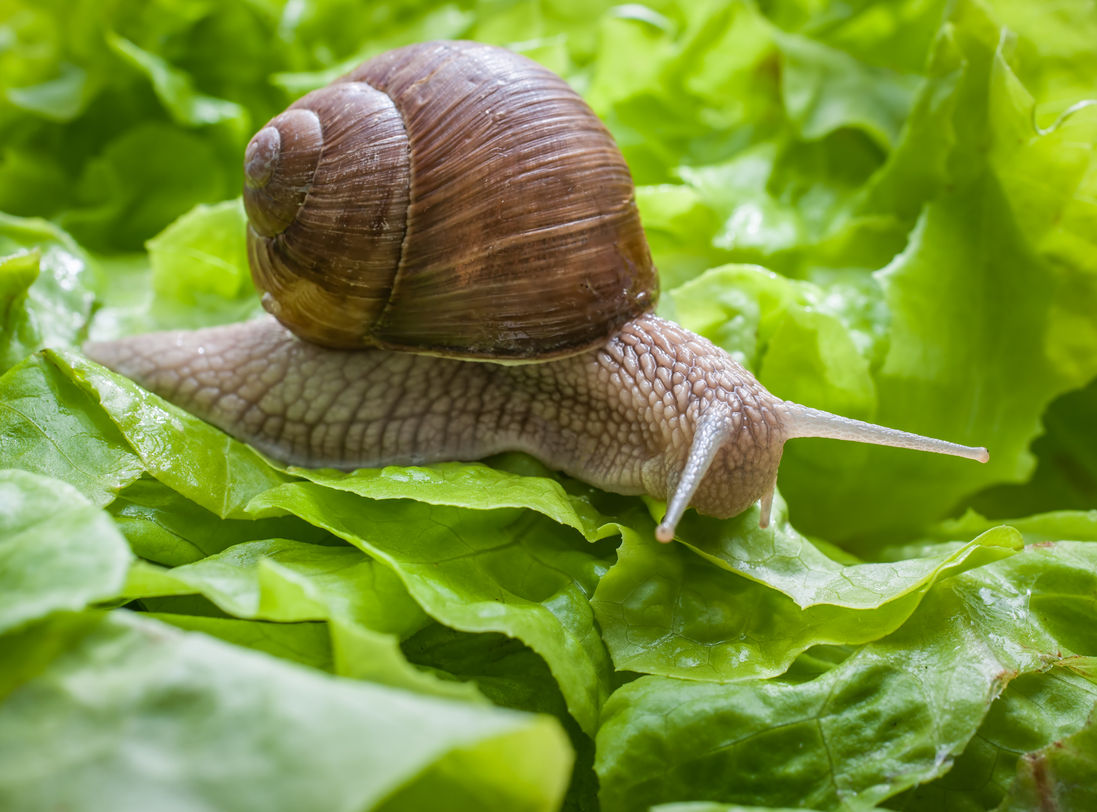Questions: Helix tosta for Snails

1. Is it best to spray Helix tosta on the leaves or water the remedy into the ground?
Either method works, but best results are obtained by watering it into the soil above the roots.
2. Does Helix tosta work with all types of snails?
In Australia, Helix tosta is effective against the common imported garden snail. It’s not effective against the sometimes colourful Australian native snails – fortunately, these are not common pests; the imported species is the one that causes the most trouble.
3. I used the remedy but snails still seem to be everywhere. What went wrong?
Don’t be surprised if snails are still seen in or around your garden, especially when it rains. The remedy mainly acts as a deterrent by strengthening the treated plant rather than the killing snail. Use this to your advantage – only spray or water Helix tosta onto the plants you want to keep but not onto the weeds. Snails will eat your weeds before moving on to your neighbour’s plants. Of course, the neighbourly thing to do is to then share your Helix tosta with them!
4. Some of my leaves are still being eaten but I don’t know by what. Does this mean the remedy hasn’t worked?
If leaves on your plants have been eaten but you are not sure by what, place some snails directly on the plant to see if they eat it or wander off. Remember, snails may cluster under the leaves, especially during the daytime, but should not eat your plant. Once night comes they will leave under the cover of darkness for friendlier food.
5. Can I safely reapply the remedy if once doesn’t seem to be enough?
One dose (spray or water) is all that is normally needed to protect your plant for 2 – 4 months. If the leaves of the treated plant have been nibbled and you are sure snails are responsible, repeat the treatment once more. Don’t overdose your plants though – only repeat the treatment when your plants leaves are being eaten by snails.
6. My garden is plagued by snails. How can I obtain Helix tosta?
Helix tosta can be obtained at the Homeopathy Plus shop.
7. Help! I have lost my instructions for using Helix tosta – what do I do?
Instructions for using Helix tosta can be found here.
8. How do I store Helix tosta?
Don’t store your Helix tosta liquid in bright light or sunshine as this will affect its effectiveness. Between treatments, keep it in a light-proof container or dark area.
9. I don’t have a kiln but would like to make this remedy myself. Is there an easier way?
The Helix tosta remedy supplied through the Homeopathy Plus shop has been prepared according to the standard pharmacopoeia guidelines described in the Snails and Slugs Pack Their Bags and Leave with Homeopathy article. Agrohomeopathy pioneer, Kaviraj, has found though, that firing the snail shells in a kiln is not necessary for snail deterrence – the remedy works just as well if a whole snail (dead) is roasted in a saucepan over a hot plate, triturated, and then dissolved in water before potentisation.
10. Should the remedy be just as effective against slugs as snails? I’m not sure that it is.
If you found the remedy worked well with snails but was less effective against slugs, Kaviraj’s method of roasting and potentising the snail’s slug-like body along with its shell seems to increase its slug deterrent abilities. If the thought of doing this is too “eeew!”, rest assured that all future Helix tosta pills dispensed by the Homeopathy Plus Shop will have been prepared by the ‘whole snail’ approach.
11. Helix tosta worked well with my snails but didn’t seem to deter other pests. Can I turn these pests into a remedy too?
Helix tosta, prepared from snail shell, is an effective deterrent for snails but this doesn’t mean that all pests can be controlled in the same manner (ie, by applying them in potentised form to plants). Potentised aphid, for example, doesn’t deter aphids but Coccinella septempunctata will.
Kaviraj once told us the following story: “Then there were of course the aphids – they gave me a headache for 3 years, before I had licked that problem. I toasted them and triturated them in that state, I drowned them in alcohol by the hundreds, trying to make a tincture. I triturated them live – none of it worked for one millimetre. Then one day I walked into the garden and saw the larvae of Coccinella septempunctata – the lady bug – at their devastating work among the aphids and bingo! There was the remedy.”
Sometimes, as above, the pest’s natural enemy will act as a good deterrent but the best and most consistent results are usually achieved through ‘similarity’ of symptoms, (ie, homeopathy), rather than ‘sameness’ of symptoms, (ie, isopathy), as with the use of potentised aphid – a subtle but important difference. A potentised pest will only be effective against its own if during testing it is able to produce symptoms similar to those created by the pest.
12. Why are the names of homeopathic remedies so hard to say and spell?
Some of them are shockers, aren’t they? The one good thing about the Latin names is that everyone around the world speaks a common language when referring to homeopathic remedies. Helix tosta is always called Helix tosta no matter where you live.
Other Information on Helix tosta
1. Article on our first experiments with Helix tosta and how it repels snails and slugs in gardens.
2. Instructions on how to use Helix tosta
3. Early responses from customers who took part in a survey on the effectiveness of Helix tosta as a snail and slug repellent in their gardens.
4. Final survey responses from customers on the effectiveness of Helix tosta when used in their gardens.
5. Answers to questions we received from subscribers about Helix tosta.
6. Link to the Helix tosta remedy in the Homeopathy Plus shop
7. Link to the Agrohomeopathy section of the website with other articles on using homeopathy for soil, plants, and pests.




